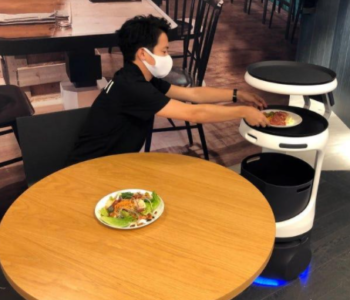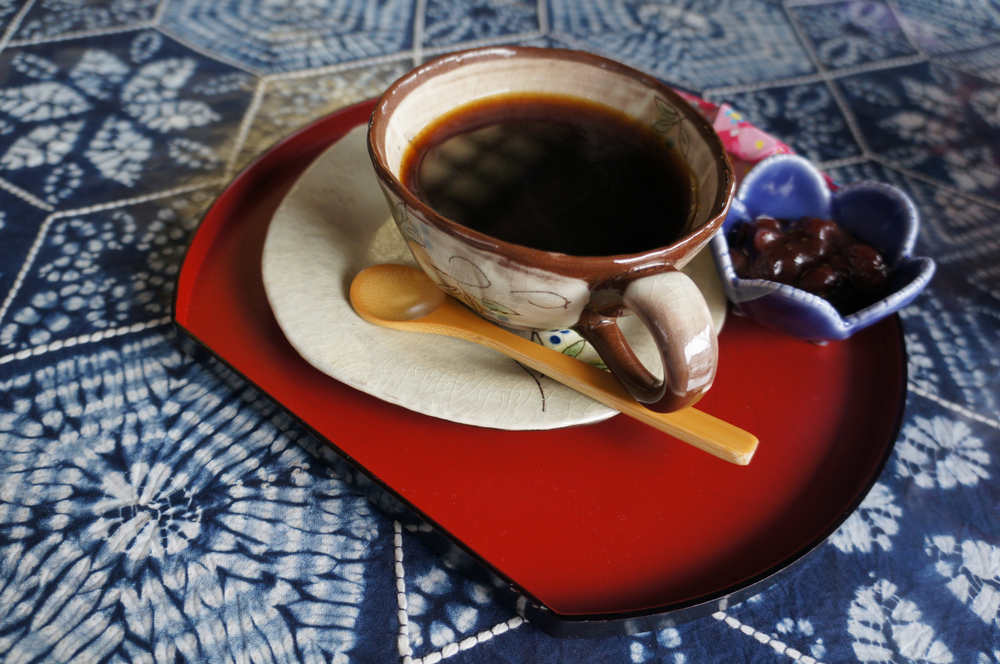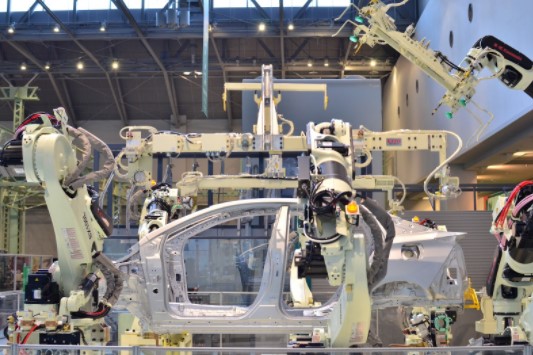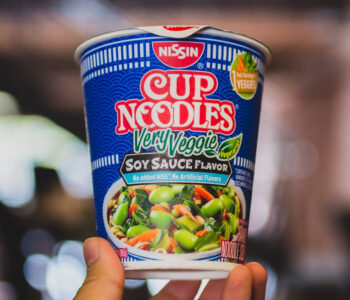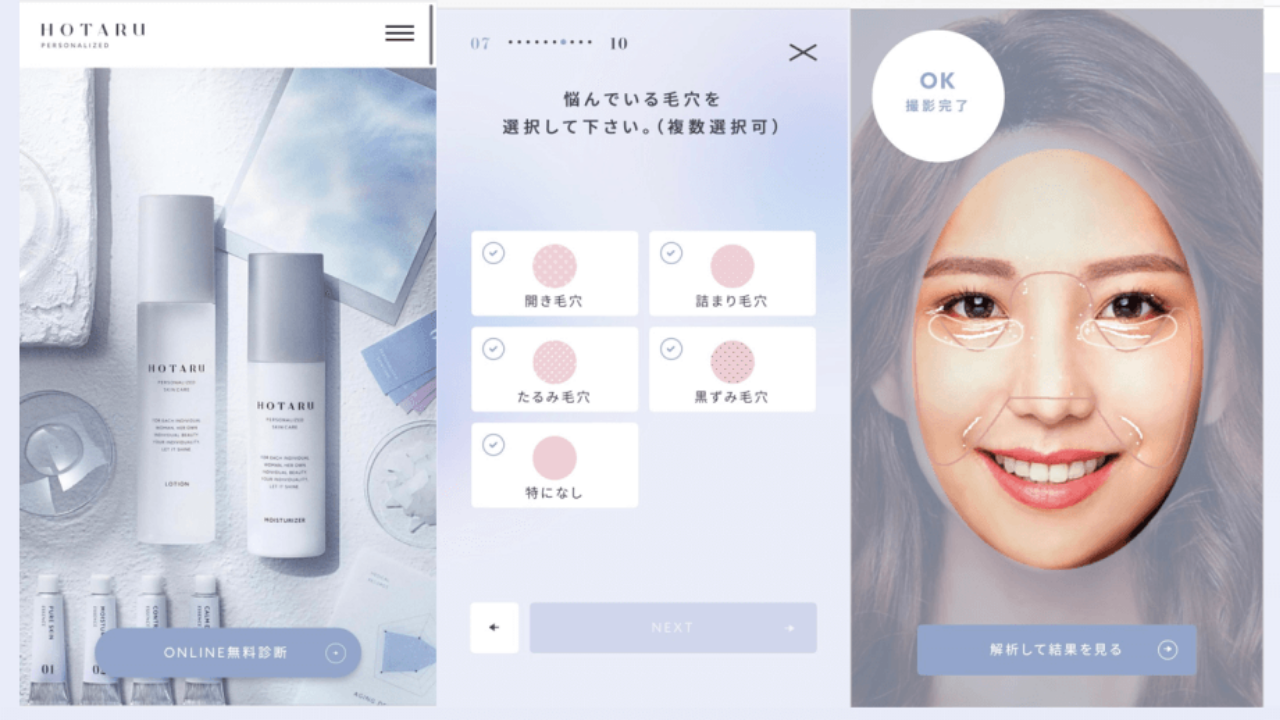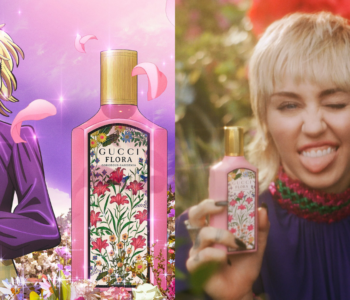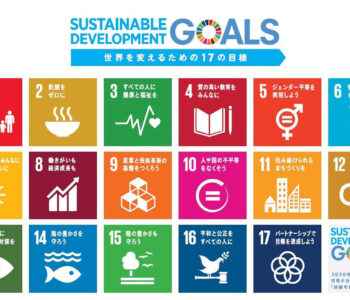 Industries
Industries
Sportswear in Japan — Cool Trends You Should Know
By Melissa Francis
In this post, in light of the upcoming major sports events taking place in Japan (Rugby World Cup 2019 and Tokyo 2020 Olympic and Paralympic Games), we provide our insights on sportswear in Japan, and present where opportunities for foreign brands.
The lowdown on sports participation in Japan
It’s true that sports such as baseball have long been popular in Japan, but this has generally been more in terms of spectatorship than physical participation. With the exception of extra-curricular activities at schools, and professional teams, sports that focus on individual goals maintain their position as being most popular among everyday citizens.
A 2016 national sports participation survey released by the Sasakawa Sports Foundation found that strolling, walking, calisthenics and weight training were the most preferred activities. At first, these might seem to be one symptom of an ageing Japan, but in fact participation in these types of exercise are consistent across all age groups and genders. On the other hand, the survey tells us that teenagers are more likely to play team sports like baseball, volleyball and soccer than other demographics.
What does Japan’s sportswear market look like?
Sports apparel as a wider category was worth an estimated $4.2 billion USD in 2021 – falling from $5.2 billion USD in 2018. In value terms, sports footwear in Japan (comprising both functional athletic footwear and sneakers) is worth around $5.5 billion USD in 2022 – falling from 3.5 billion USD in 2019 (23% of which was for casual wear only, and the remaining 77% of which was sports shoes for taking part in sports activities).

Manufacturers specialised in sportswear in Japan have been trying to increase market share by focusing on lifestyle wear such as athleisure instead of functional sportswear with performance-enhancing features, as sports fashion continues to grow in popularity among local consumers. Additionally, NPD Japan’s figures, which look at sports shoes only, reveal that consumers are growingly turning to the internet when purchasing shoes – with 45% of sports shoe purchases made online compared to 27% in in-person stores.
These numbers hint as to how Japanese consumer behaviour is slowly shifting towards online shopping, away from the in-store experience. While COVID-19 has helped spur this change, shoe retailers have begun to offer more interactive, personalised experiences that allow Japanese consumers to feel more trusting of online shopping – like Asics’ automated “Shoe Finder” service.
Owing to the effects of the COVID-19 pandemic, previous predictions that Japanese enthusiasm around sports would surge with the coming Olympic and Paralympic Games fell flat, with only a slight decline in sports participation in Japan between 2020-2021. Notably, the lasting effect of Japan’s hosting of the 2019 Rugby World Cup helped to soften these numbers. While still only moderately popular in Japan, this landmark event helped the sport gain popularity, inching closer to the mainstream. Expectations that Japanese enthusiasm around sports would surge between 2019 and 2020 owing to the Olympics, Paralympics and other international sporting events were also subverted, with massive controversy regarding the holding of the Games dampening the enthusiasm of the Japanese public.
We can hope that as COVID-19-related Japan entry restrictions continue to be eased and international sporting events recommence, many people will be inspired to take up or increase their participation in physical activities. Therefore, ensuring that there is wide availability to suit varying requirements and levels of professional use will be key. Significant upcoming events include the Rakuten Japan Open in October of 2022; the world Ski Jumping Championship in January of 2023, and the 20th Asian Games in 2026.
How did the COVID-19 pandemic affect Japan’s sportswear market?
Between 2019-2020, it fell sharply in value by 13.2% due to the effects of the pandemic, and grew by only 9.7% in 2021 – failing to meet pre-COVID results. While decreasing footfall was a major driver in falling revenue, factors such as shop closure and restricted opening hours also contributed, indicating the continued importance to Japanese customers of physical stores and the tactile, in-person experience that they bring, in spite of the growing popularity of online retail. Predicted growth rates are modest, with growth of only 3.2% overall by the end of 2022. With COVID-19 restrictions for daily life now fully lifted (and related entry restrictions loosening), we will likely see growth rates continue to rise towards normal levels.
What sportswear in Japan trends are we seeing?
Sports mix (スポーツミックス)
Sports mix is a style that incorporates sports apparel with other types of clothing as part of a fashion coordination. This was most popular for a few years up until around 2017. Although it can still be seen across Japan, it’s not as extensive nowadays. In terms of most attractive foreign brands, Adidas and Nike have remained firm favourites when it comes to putting together fashionable sports coordinations.
The Sports mix trend has now been replaced with, or rather morphed into, athleisure (a portmanteau of ‘athletic’ and ‘leisure’).
Athleisure (アスレジャー)
The athleisure style was originally a concept born in the US and has gained a surge of popularity having been championed by the likes of influencers such as Kendall Jenner and yoga wear brand lululemon. Benefitting from continued and unwavering popularity, it is a unisex trend especially favoured by female demographics in Japan. Like sports mix, athleisure is laid-back and casual look, but the key difference between them is that athleisure incorporates a higher proportion of sports apparel.
If the concept behind sports mix was simply to accessorise regular clothes with one or two items of sports apparel, then athleisure is the inverse and focuses on presenting more of a sporty look with more subtle undertones of regular leisurewear.
Still, if we compare the value of the athleisure market in Japan’s sportswear market with that of China or South Korea, it remains marginal despite the increase in popularity. lululemon found success in Japan by replicating its strategy in the US and using professional athletes and yoga instructors as brand ambassadors instead of celebrities to market products. As of May of 2022, lululemon’s operating margin was 7% higher than Nike’s at 21.4%.
Mama Coordination (ママコーデ)
Within the remit of sportswear in Japan, there is a trend among Japanese mothers in their 20s and 30s in which outfits are put together with the idea of being stylish yet practical. This trend doesn’t revolve solely around sportswear, but sneakers are one of the central aspects of the concept. Due to the variety of activities that Japanese mothers are expected to participate in, it makes sense to choose clothing that allows for greater flexibility, as seen in this guide to styling for school sports events.
Unlike sports mix and athleisure though, mama coordination focuses more on positioning sports shoes and accessories as the crux of the style, rather than gravitating towards sports-branded tops and trousers. Converse, Nike, and Adidas are three of the most popular choices so far in 2022, with Adidas having taken the spot of New Balance in recent years.

Notable brands involved with sportswear in Japan
By value, Nike, Adidas and Under Armour remain the top-performing sports clothing brands in the Japanese market, followed by domestic brand ASICS. So, there is a clear lean towards international names, albeit those that are renowned worldwide. These brands may be dominating the market, but there are niches that foreign brands can penetrate that will encourage more people to take up new sports, or to boost their current performance.
One ranking, based on a total of 52.8 million customer reviews, positions the top 5 current most popular sportswear items in Japan by brand as of September 2022:
- Descente
- Nike
- Adidas
- Fred Perry
- The North Face
Notably, the majority of products hitting the top of the rankings are sports jackets, with foreign brands such as Fred Perry, the North Face and FILA continuing to perform well. While Asics’ products ranked surprisingly low on this list (sitting far below at 10th), Asics’ market performance has been extremely promising in the wake of the pandemic, experiencing growth of 22.9% in 2020-2021 – pulling it well above its 2019 pre-pandemic performance.
NERGY Japan
NERGY Japan is a dedicated sports fashion outlet that represents an active and comfortable lifestyle. The brand’s social media posts label coordinations with hashtags like #スポーツミックス (sports mix), #ナイキ女子 (Nike Women), and #スポーツ女子 (Sports Women). The official website states, ‘the fusion of refined fashion and sport in line with the lifestyles of Japanese women is the new standard for women today.’ NERGY Japan also provides style coordination recommendations for combining their items with those of other brands, including Nike.

Pearly Gates
Pearly Gates is a fashionable golf wear brand run by TSI Groove & Sports Co, having celebrated its 33rd anniversary in the spring of this year. The brand also offers a selection of other visually bold designs in the leisurewear category. Golf is a fairly popular recreational sport in Japan, not only among company executives but equally among groups of young Japanese women. Pearly Gates has also found a solid consumer base in Hong Kong and China.

ABC Mart
Japanese shoe retailer ABC Mart announced in 2017 that it would focus on athleisure options for customers by opening fifty new dedicated stores throughout the country before 2020, which demonstrated a significant demand for athleisure stores that aren’t combined with regular sportswear ranges. The new stores are called ABC-Mart SPORTS and as of May 2019, reached a total of twenty-one locations across Japan, putting them almost halfway towards their original goal. As of September 2022, this number has since risen to a considerable 89 stores across the country.

UNIQLO
Also in 2017, globally renowned retailer UNIQLO opened a dedicated sports fashion store called ‘UNIQLO MOVE’ in Shibuya, Tokyo. The offering seeks to support the movements of everyday life, help people stay active and comfortable, and encourage them to ‘live more positively’. Further dedicated stores are yet to be seen, however Uniqlo has continued to develop and expand its sportswear lines.
For example, their “Airism” line of breathable, cooling inner/sportswear that mixes functionality with fashion. With temperatures in Japan hitting record highs in the summer of 2022, breathability and comfort in high temperatures is only becoming more and more relevant.
Their Airism face masks also received massive popularity in 2020 due to the combined effects of the pandemic and particularly warm weather, with buzz surrounding them being so high that Uniqlo’s website crashed under the overload of visitors. Their breathability and detailed, careful design has made them a huge hit.

Descente
With its sports jacket hitting the top of the aforementioned popularity ranking, Japanese brand Descente has been experiencing fast recovery from a steep drop in sales between FY 2019-2020, with FY 2022 Q1 sales in Japan now exceeding those in FY 2019 Q1. In March of 2020, they released their own line of “Coolist D-Tec” cooling shirts.
In order to promote this line, Descente collaborated with famous Japanese anime director Susumu Mitsunaka (director of “Haikyuu!!”) to produce a gripping PR video featuring high-profile Japanese athletes to more effectively draw the intrigue of potential consumers. To learn more about how anime in marketing can help drive companies to success in the Japanese market, read our article on anime in Japanese advertising.
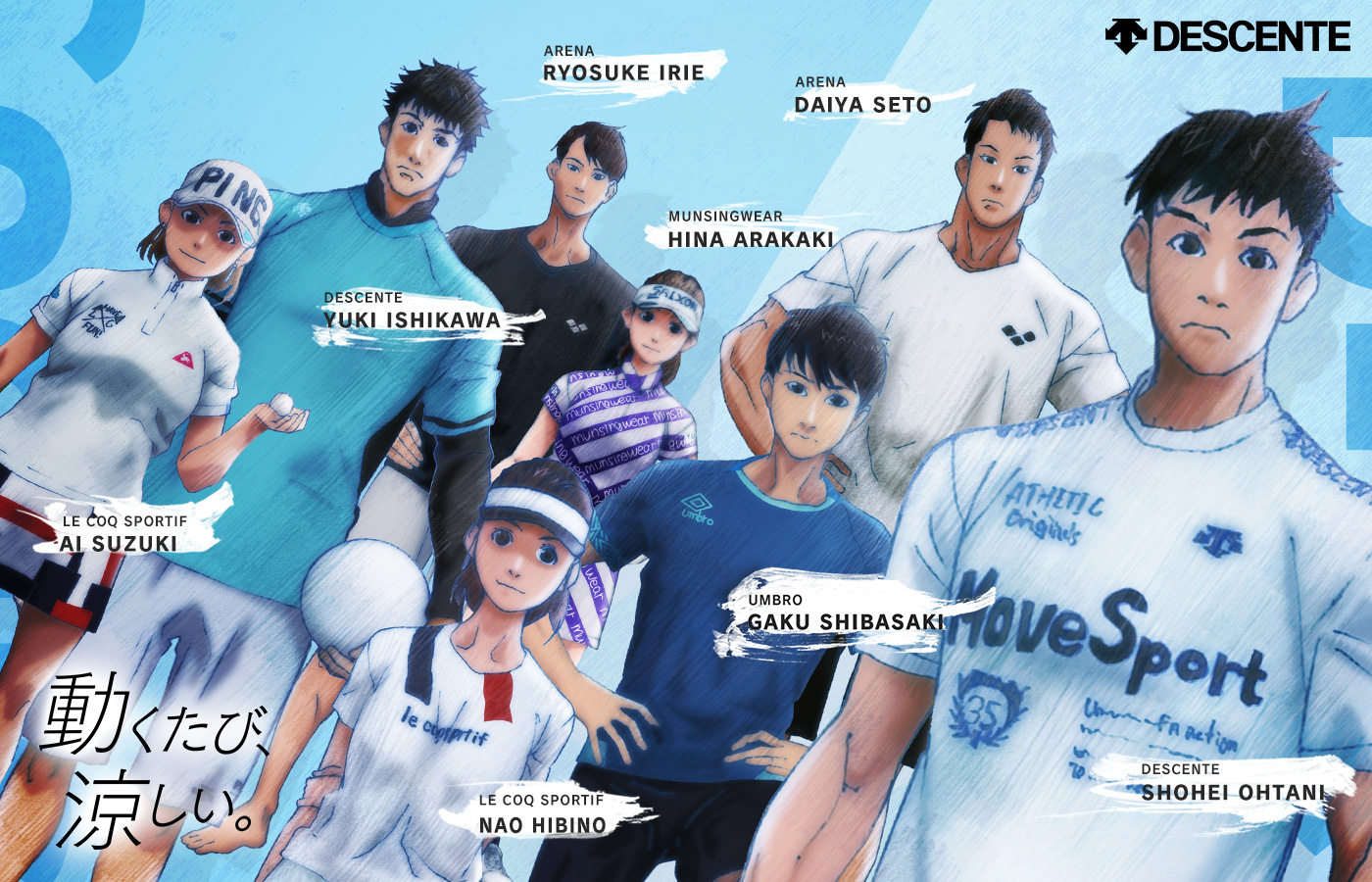
Men’s running wear in Japan gets the fashion treatment
A large proportion of Japanese men purchasing clothes for running are opting for the shorts and leggings combination. As seen with Uniqlo and Descente, there has definitely been a move towards fashionable items that are also functional. Again, Nike and Adidas are two brands that are mentioned often within this scene as they have released various leggings suitable for city running. There are a number of Japanese websites that offer specific recommendations on how to successfully coordinate a fashionable sports look. These types of step-by-step guides are often welcomed as they provide solid starting points from which to develop a unique style.
With summer almost in full swing, one thing to note is that in Japan, people tend to be averse to being exposed to even the smallest amount of UV rays, so they will often wear more layers in order to avoid tanning or sunburn. For this reason, as well as for fashion purposes, sunglasses, leggings and baseball caps remain popular sports attire. This dedication to skincare and beauty has made “personalised beauty” a massive hit in Japan. Check out our article to learn more.

Opportunities for international brands regarding sportswear in Japan
As with anything, in order to get a more nuanced picture of what’s going on from a cultural perspective, sportswear brands would benefit most from exploring this concept through in-depth qualitative research. Understanding what really makes this segment of Japan’s consumer market tick can make a huge difference to engagement levels. Whether you are looking to enter or expand in the Japanese market – we can help you excel with our expert market research; branding and marketing analysis; localisation and more. Contact Tokyoesque to arrange your free 30 minute consultation.
After all, it’s the small things as well as the ability to tap into growing trends and paying attention to detail that can have the greatest impact in Japan. Given the trend towards fashionable sportswear, it would be important to place an emphasis on how clothing can enhance overall lifestyle. Which emotional benefits can you associate with your offering?
See also: Halloween in Japan 2022
Keep checking back or follow us on LinkedIn, Facebook or Twitter to get notified about our latest posts. We’ll be adding more articles on various sectors in Japan, so watch this space!
Alternatively, feel free to get in touch and see how we can help you develop your apparel / sports offering in the Japanese market.
